Unlocking Trade Secrets: The Hornbills in Trade Database (HiTDB)
Path to Hornbill Conservation
Hornbills are remarkable birds with large, curved bills and, in some cases, iconic and impressive casques. Globally, there are 62 known species of hornbill, found across multiple continents and landscapes. Like many birds, hornbills are commercially traded, both live and for their parts and derivatives. Not all this trade may be legal or sustainable. The negative impacts of commercial overexploitation have been proven for many bird species the world over.
“The trade in wild birds can be especially harmful when happening in tandem with other threats such as habitat loss and climate change, as we have seen with the critically endangered Helmeted Hornbill Rhinoplax vigil,” says Monitor Conservation Research Society Executive Director Dr. Chris R. Shepherd.
“We have some understanding of the demand for certain hornbill species, yet much of the global hornbill trade remains poorly studied. To assess the status of our current knowledge, identify data gaps, and free the path to a clearer shared understanding of the hornbill trade and its impact on wild populations, we applaud the development of the Hornbills in Trade Database (HiTDB),” states Dr Lucy Kemp, Co-Chair of the IUCN SSC Hornbill Specialist Group.

The HiTDB is a publicly available compilation of current knowledge of the hornbill trade. It includes information on species and products in trade, as well as relevant husbandry data and conservation assessments. It highlights current data gaps and encourages third parties to start filling in such gaps through targeted research. An improved understanding of the hornbill trade is needed to work towards effective conservation strategies and solutions, and the HiTDB was created with this in mind.
“Many bird species, including hornbills, lack a concerted conservation strategy that addresses threats around illegal and unsustainable trade. The HiTDB serves as a valuable repository, shedding light on the intricate world of hornbill trade. In our pursuit of effective conservation strategies, the HiTDB emerges as an essential tool to collate current knowledge and bridge the knowledge gap by uniting the endeavours of various groups and researchers working to save hornbills,” says Dr Jessica Lee, Head of Avian Programmes and Partnerships at Mandai Nature.
Curated by Monitor Wildlife Trade Specialist Boyd Leupen, the HiTDB is hosted by Monitor and funded by Mandai Nature.
Share this article:

How you can help
Please consider making a donation to support this crucial work for wildlife.

